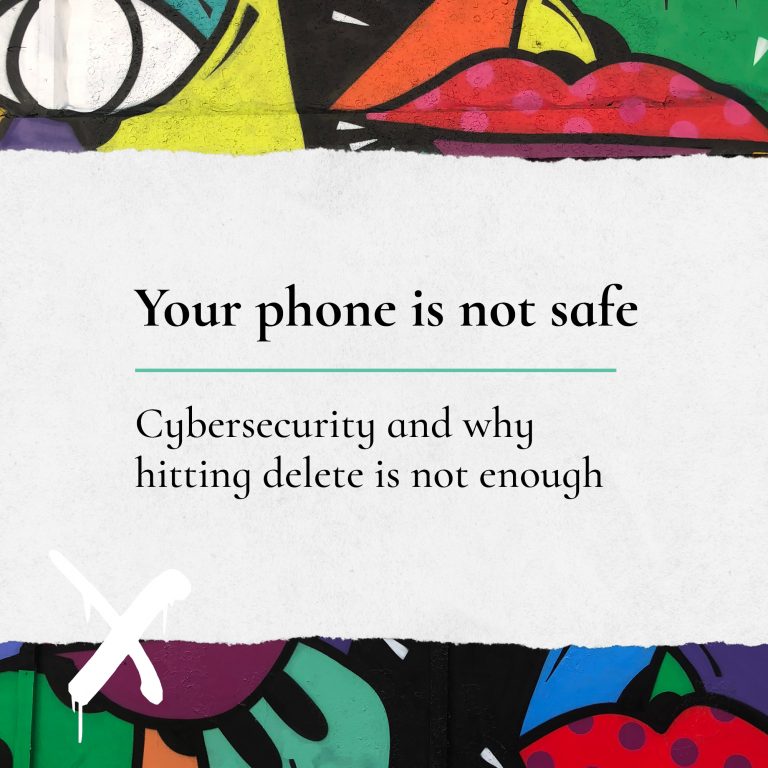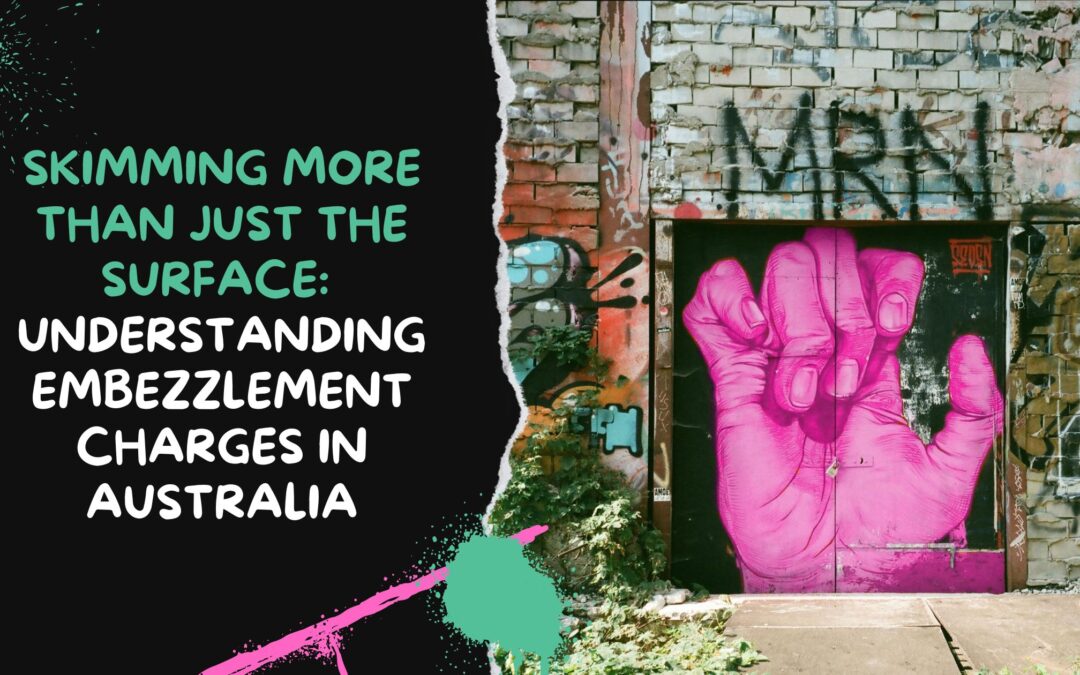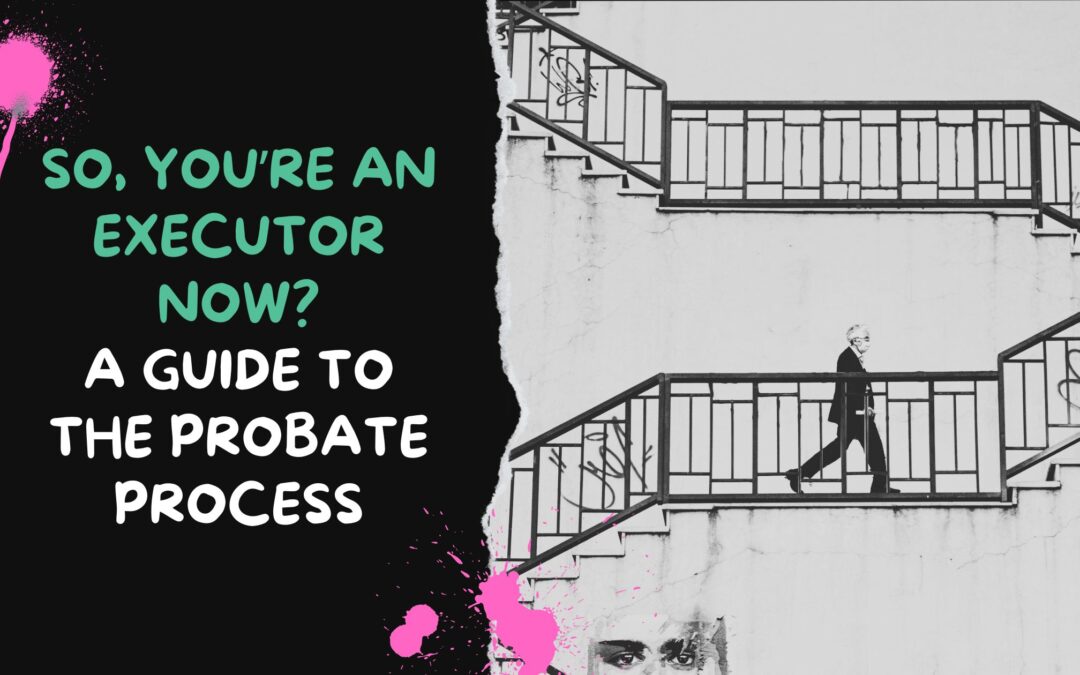“It is only when they go wrong that machines remind you how powerful they are” – Clive James.
What happens to your phone data when you hit delete?
Uh…it’s deleted, isn’t it?
That would be a logical conclusion. But, the fact of the matter is that hitting delete doesn’t actually delete your data. When you hit delete on a picture, file or any type of data, all that gets deleted is the file system.
The file system is the road your phone’s operating system takes to retrieve the data in the first place. So, the data still exists on the hard drive…and it can be restored by recovery software.
When you really think about it, it’s frightening how much of our lives are codified by data. It’s difficult to think of an aspect of our life that doesn’t involve some sort of technology or data use. At the same time, the impacts from Coronavirus have meant that more than ever before the world has turned to technology for practical assistance, company and support.
Basically there’s never been more data about us floating around and being susceptible to hackers.
And if recent technology-related news events (think Houseparty being hacked or privacy concerns over COVID-19 tracking apps) have taught us anything, it’s that people are very quick to hand over their personal information to a machine.
Which got us thinking: do people know what they’re doing when it comes to cybersecurity? Our money’s on a big, fat no.
So here’s a basic run-down of what you need to know when it comes to deleting data from your phone.
First up: when do I need to be worried?
Yes, a lot of our information is ‘out there’ on machines. Between social media, online bills and online shopping there’s a good chance you’ve already built quite a personality among the online world.
But it’s also impossible to avoid putting some level of your personal information online – unless you’re Amish or paranoid or a hermit (none of which we recommend). So relax. If you’ve deleted those embarrassing photos (you know which ones), chances are no-one’s going to be wanting to retrieve them.
Here’s a handy checklist from Norton that outlines when to be worried.
1 . Will I ever need this again?
It’s best to think about this in the long term, and not narrowly. Identify if you or someone else might benefit from any of the information now or in the future, or if it’s information you need in order to access your own accounts.
- Could someone use this information against me?
We’re not talking about your family collating embarrassing pictures of you for a speech at big life events, though you should probably delete those for your own sake anyhow. Think about what the data implicates more broadly. As lawyers, we know how it looks when a client says one thing…but their photos or comments on their social media would suggest another thing completely.
- Would I be comfortable if a stranger recovered this data?
Here’s where we add another question: Are you considering selling your phone anytime soon? Then you may as well have answered ‘yes’ to all the questions. In fact, if you answered yes to even one of these questions then you need to take this deleting process a little more seriously.
On the other hand, if you answered no, no and no – congratulations! You can go ahead and hit delete. Then rest assured that data won’t be recovered, or if it is, it’s not going to be of value to anyone else or reveal something personal or sensitive about you.
But for those of you who said ‘yes’, the next steps are outlined below.
How can I permanently delete my data and rest assured it’s not recoverable?
When it comes to deleting data from your phone, the process does depend on the type of phone you’ve got. While we have a general overview, we’re lawyers, not tech guys, so it’s worth checking out the thoughts of some tech gurus too.
Here’s the basics, though:
- For Android users, a factory reset is not enough. The trick is to encrypt your phone (the option is found in the Security tab) and then complete a factory reset.
- For iPhone users, you need to erase your iPhone. Reset the phone, then tap Erase All Content and Settings.
- Say goodbye data! (We hope you backed up the important stuff).
We hope this gets you thinking about cybersecurity a little. Cybersecurity and privacy laws are a big area of interest for us, and we want our clients to be as informed as possible.
If you find yourself the victim of cybercrime, please get in touch with us on +1 (02) 8080-7585 as quickly as possible so we can help advise you of the best course of action.




